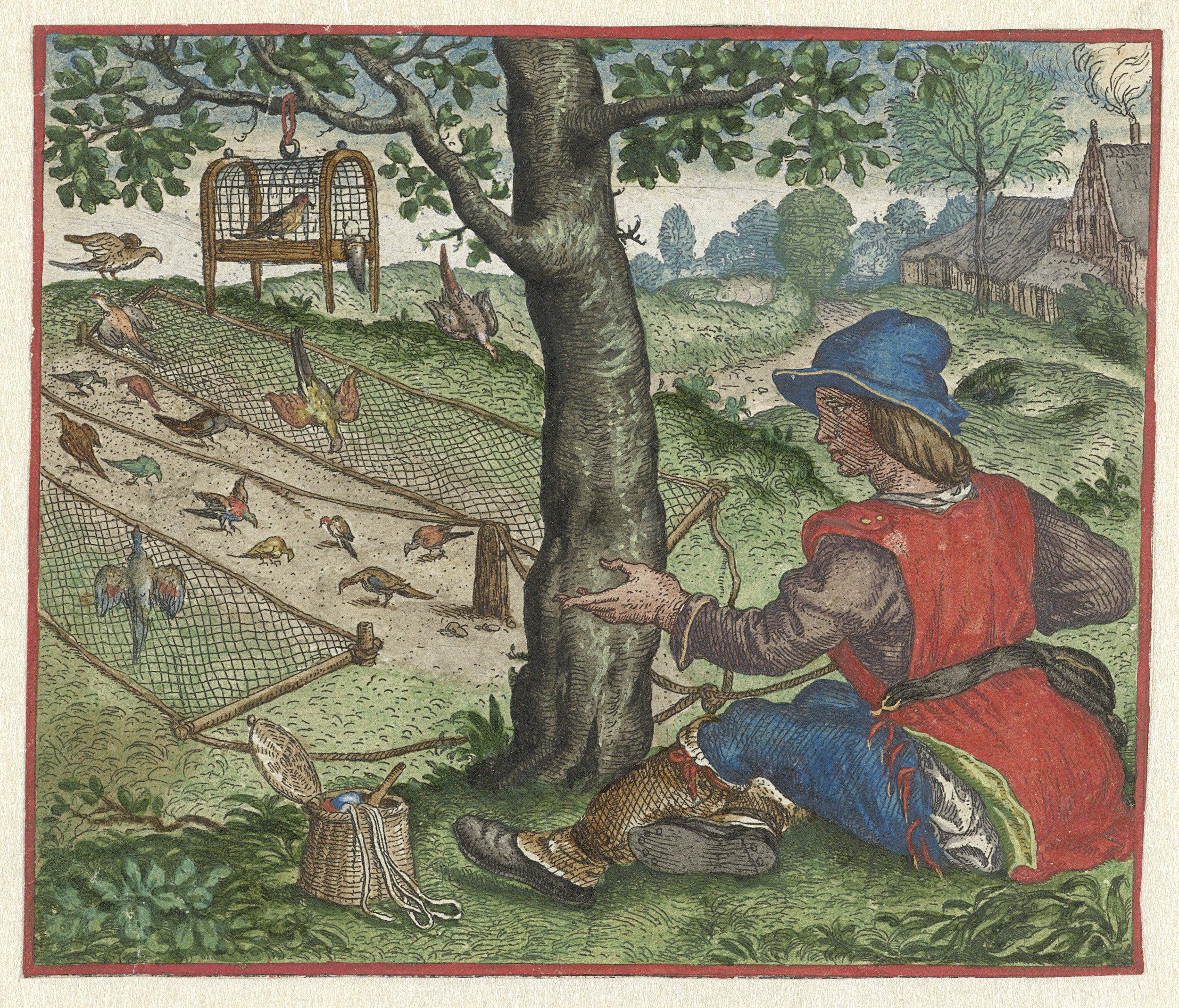Europeana Treasures #1: Creating a narrative of children’s literature books and illustrations

Europeana Treasures is a series of blogposts introducing the Europeana Research case studies. Their name is inspired by the fact that they shed light on important research findings and unknown sources that have been discovered by researchers in the rich library of Europeana. Alongside the research projects which will be developed by the winners of the Europeana Research Grants, two more complementary case studies have been developed by the Digital Curation Unit, ATHENA R.C. in the context of the DSI2 project. This blogpost is the first of its series introducing the case study on children’s literature books and illustrations.
Exploring Europeana can often lead the user to sources he had no idea of, and yet digital. Apart from discovering these treasures, the user is now able to access and use them, having always in mind the individual access rights that the providing institution has licensed. Such treasures have been traced within Europeana in the context of the case study “Creating a narrative of children’s literature books and illustrations”. The journey on researching about children’s literature within Europeana began in 2015 in the context of the project Europeana Cloud. Back then, the aim was to approach different sub-disciplines by exploring different topics and assessing the current research requirements, available tools and resources for that topic. The research findings and suggestions gathered then fed into the current case study in terms of measuring the development of the state of the art of this particular topic in Europeana today.
One of the first developments documented in comparison to the 2015 research findings was that the number of relevant resources increased. Despite the fact that the topic of children’s literature has not been addressed yet among the Europeana Collections, it is now evident that Europeana can support such a thematic presentation. Apart from the wealth of the relevant content, which can not be measured in its entirety, it is also useful to note the different resource types that have been identified. From journal articles to films of fairy tales, Europeana is a pool of diverse content which can thus appeal to different types of audience, different research aims and can lead to different outputs. An example of such an engagement of researchers with Europeana content on the topic of children’s literature is a knowledge testing game that has been produced in the context of the ARK4 project.

Fabel van de vogelaar | Gheeraerts, Marcus (I), Rijksmuseum, Public Domain Marked
Stay tuned as we explore our possibilities for creating a digital narrative of children’s literature and we welcome feedback on new topics that you would like to see listed among the Collections of Europeana Research in the future!
